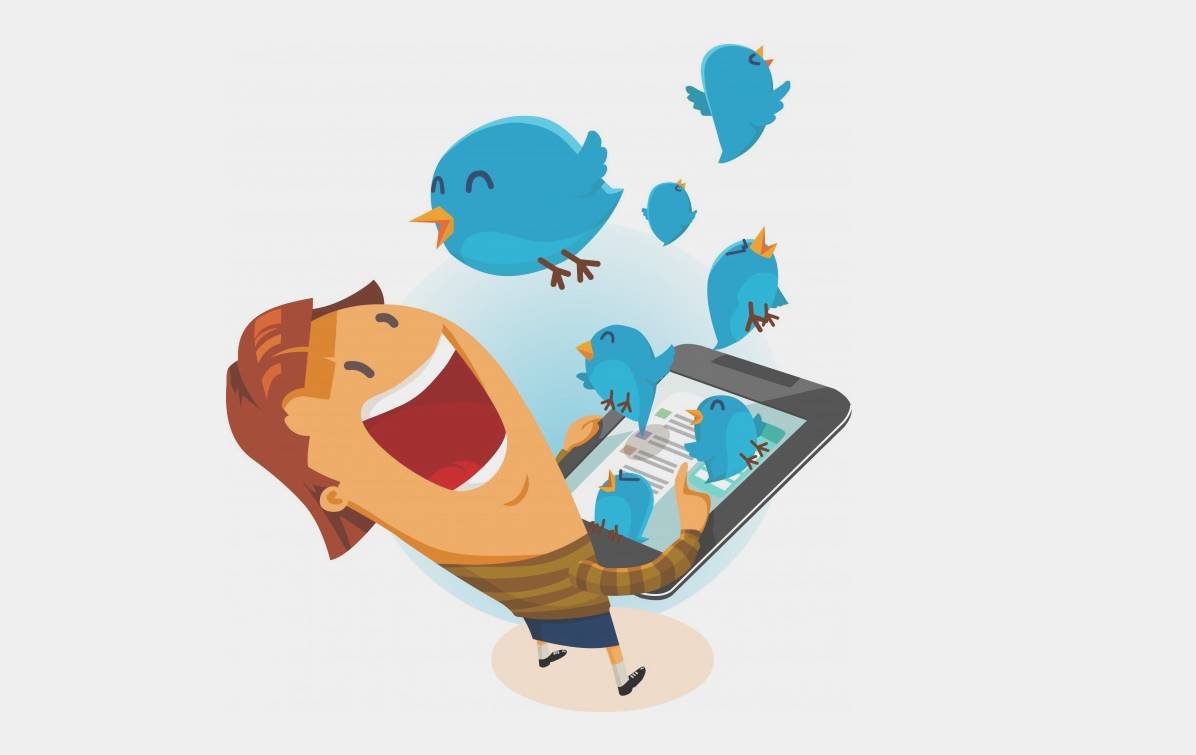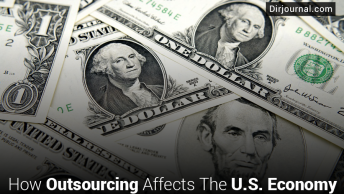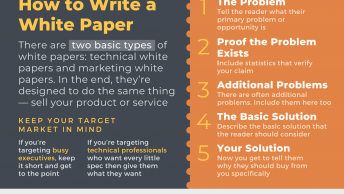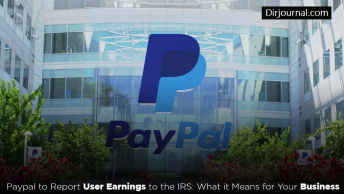Could your personal, professional or corporate brand use a boost?
You’ve probably heard of most of these branding platforms, particularly if you’re an entrepreneurial type. What you may not have considered — yet — is the value they offer. There’s no need to pay a PR pro or marketing shop for “exposure” when you can do much of the legwork yourself, on your own (modest) dime.
Unless noted otherwise, each highly visible site described here is absolutely free to join and use. Some, like LinkedIn, have premium features that you may well want to investigate. But you won’t find yourself paywalled at the door.
In raw value terms, LinkedIn connections are more valuable than any other mainstream social media platform’s. Whether you’re trying to sync up with prospective employers, employees, clients, or funders, you need to have a functioning LinkedIn presence.
On individual pages, list all career- or industry-appropriate work and educational experience. Endorse peers and colleagues for legitimate skills; they’ll do the same for you. Follow and share content from industry influencers. Create your own original content (one short post a week is fine to start) or repost content you’ve published elsewhere. And don’t be shy about announcing unambiguous wins, like newly signed clients or successful funding rounds. (Do the same for competitors and peers too — you never know when you’ll need the good will.)
- Wikipedia
A social media platform it is not, but don’t count Wikipedia out. For Internet users seeking information about specific people and businesses, Wikipedia is second only to the trusty Google search bar. And, if you know what you’re looking for, it’s far more specific.
Unlike social media sites, Wikipedia is managed by a committed group of global volunteers. If you’re not yet one of the crew, take a look at the guidelines for creating a Wikipedia page, keeping in mind that creating your own page is frowned upon (but not expressly prohibited, and not necessarily taboo when done properly).
Get your feet wet with some minor edits to Wikipedia pages of personal or professional interest to you. When the time comes to create your first page, look to rough analogues for guidance. For instance, if your subject is a serial entrepreneur, you’ll want to review other entrepreneurs’ or executives’ Wikipedia pages.
If you’re profiling a company, place, or anything else that falls into a clearly defined category, make sure you’re working off a standardized template. For instance, publicly traded companies’ Wikis usually contain the same basic information — year founded, revenue, headquarters location, and so on.
With some 2.2 billion active users and counting, Facebook is the world’s most popular social media platform. Whether you’re establishing your professional brand or putting up a public face for your company, you can’t really afford to neglect Facebook — even if it’s not the crown jewel of your brand or the engine of your lead generation operation.
Facebook is a highly visual medium. Make your profile or company page pop with lots of colorful, candid photos. For corporate pages, include your logo as your top-page background; stuffing it away in your photo archive is an amateur move. See your Facebook page as an extension of your customer service apparatus — e.g., keep someone at the other end of Messenger during posted active hours. And don’t neglect the nuts and bolts: contact details, website, open hours.
- Crunchbase
Crunchbase is the place for up-and-coming entrepreneurs and their companies to see and be seen. With details about successful funding rounds and exits (for companies) and investments (for funders), it’s also a natural setting for the all-important humblebrag.
Crunchbase’s interface isn’t fancy, and that’s kind of the point. Its high Alexa score and Domain Authority (a measure of search engine affinity) ensure that your profile will get in front of the folks who need to see it. Just keep your page current and let Google do the rest.
Twitter is a little like the rich uncle you wish you didn’t have to see every Thanksgiving. You don’t love spending time around him, but you’re sure glad to have his number when you need a favor.
For all its flaws, Twitter remains a fantastic promotional tool for business owners, entrepreneurs, and ambitious professionals seeking to build coherent personal brands. Use tools like Tweetdeck (an organizer that helps you make sense of the oft-noisy conversation happening in real time) and Hootsuite (primarily a scheduling tool), as well as a metrics-tracking app, to get the most out of your Twitter experience. (And spend no more time than necessary in the platform’s embrace.)
Yes, Pinterest. Even if you’re the least crafty, most creatively challenged person you know, you can get something out of Pinterest.
This uber-visual medium is a great way to share content that aligns with your personal brand without seeming too self-centered about it (see, e.g. Instagram and Snapchat). Start small, with a few pins here and there, and you might just learn something you never knew about yourself.
Is Your Brand Ready for Prime Time?
Simply setting up shop on LinkedIn, Wikipedia, et al. isn’t enough for your personal or professional brand. You’ll need to do much more to get it into shape. Along the way, you may well find that you need expert guidance. If and when that happens, your “freemium” branding adventure may turn into something a bit more upscale.
But the prospect of paying for branding help shouldn’t stop you from getting started on this adventure. Nor should it lead you to doubt your abilities. You got this — even if you eventually need a push to get over the finish line.













